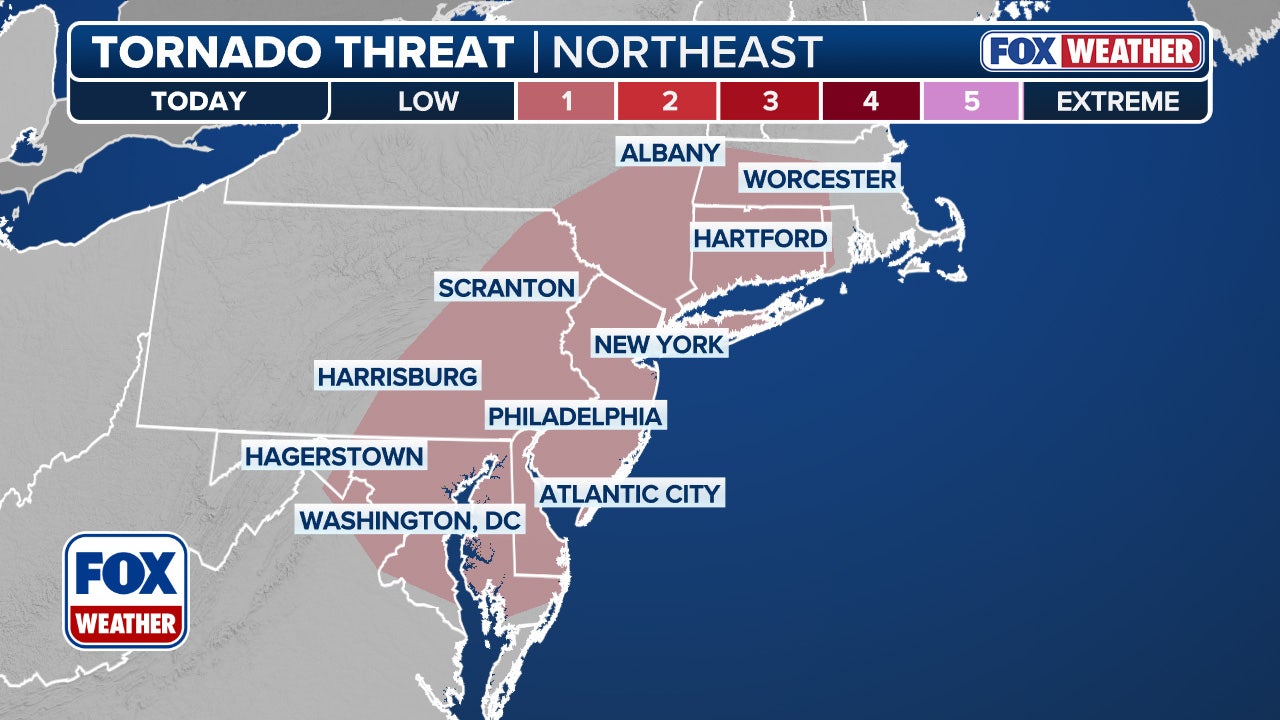NYC's Tiny Home Revolution: How Backyard Dwellings Are Reshaping Housing
New York City has joined a growing movement, legalizing accessory dwelling units (ADUs) – essentially, tiny backyard homes – in a bid to tackle the city's housing crisis. This follows a nationwide trend with 14 states already having legalized ADU construction.
The ADU Advantage: Affordability and Increased Property Value
ADUs offer a compelling solution to the housing shortage. They provide affordable housing options, particularly in expensive neighborhoods, and simultaneously boost property values for homeowners. Many owners rent out their ADUs, generating additional income. A 2021 survey showed that the median rent for a California ADU was less than 30% of the median income for two-person households in the San Francisco Bay Area, and a significant portion were affordable to those earning less than 80% of the local median income. In fact, adding an ADU can increase a property's value by an average of 35% in major cities.
ADUs also offer benefits beyond financial gains: they provide opportunities for multigenerational living, often housing aging parents or adult children, and are frequently designed with accessibility features for those with mobility limitations.
Challenges and Costs of ADU Construction
While the advantages are significant, ADU construction comes with challenges. Building costs typically range from $60,000 to $285,000, and complex regulations can create delays and increase expenses. Even experienced professionals can face difficulties navigating the permitting process.
Nationwide ADU Adoption and Future Implications
The trend towards ADU legalization is gaining momentum, with California leading the way, having permitted over 60,000 ADUs since 2016. Other states like Oregon and Washington have also seen substantial increases in ADU construction. However, simply legalizing ADUs isn't enough; streamlining local regulations is crucial to encourage widespread adoption and truly address the housing crisis. Experts view ADU legalization as a key step in broader housing reforms, gradually shifting perceptions about housing density and availability.

























Comments
Join Our Community
Sign up to share your thoughts, engage with others, and become part of our growing community.
No comments yet
Be the first to share your thoughts and start the conversation!